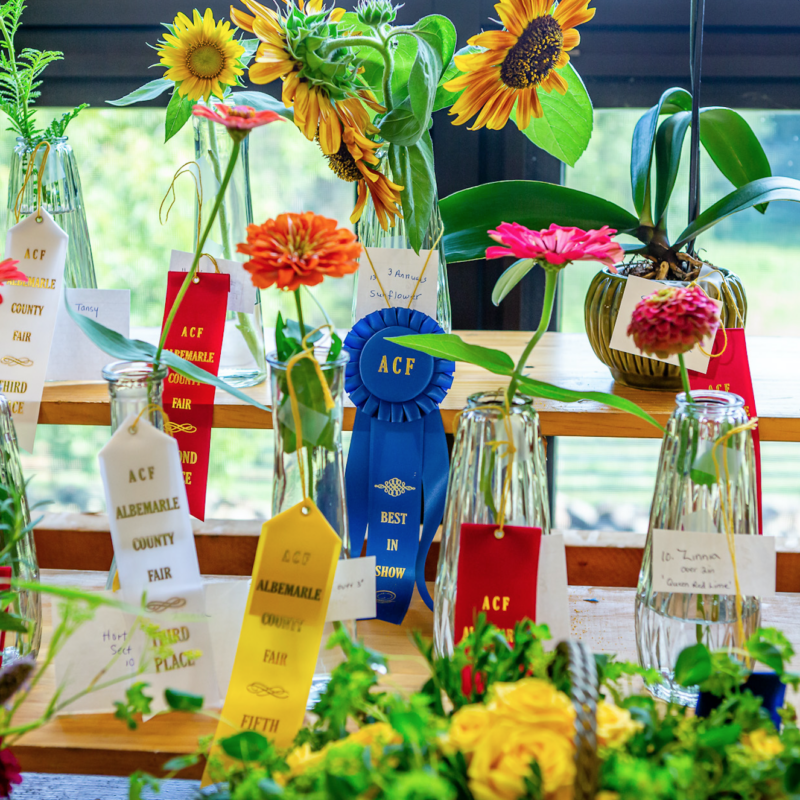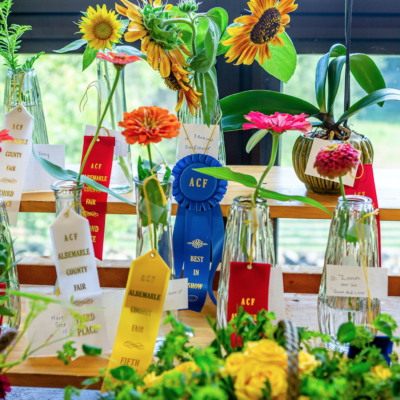“…The flowers come forth like the belles of the day, have their short reign of beauty and splendour, and retire, like them, to the more interesting office of reproducing their like….The Hyacinths and Tulips are off the stage, the Irises are giving place to the Belladonnas, as these will to the Tuberoses, etc….”
 |
Say what you will about him, Thomas Jefferson had a way with words. He had fun in this letter to his granddaughter, skirting the blatant sexual display of flowers (the pistils and the stamens, to be exact, glistening dewily at the center of those luscious petals) with the romantic rhetoric of his day. But, ever relevant, he shares every gardener’s concern with succession of bloom.
Most everyone nowadays at least pays lip service to “four-season interest”—bark, foliage and bright winter berries—but what most people want from a garden is lots of flowers lots of the time. Anyone can “do spring”—just stand back and let Nature have her way—but early summer can present a challenge. How to follow the eruption of dogwoods, azaleas, bleeding hearts and bluebells?
In older days, large gardens could devote great swaths of borders to different times of year, but smaller modern landscapes work well with mixed plantings that show off the different seasons in the same space: a small tree or large shrub anchoring different layers of shrubs, perennials, annuals and bulbs.
Kousa dogwoods extend the season nicely, decorating themselves with dramatic star-like flowers a good month after our native dogwoods have finished. They have a different look, often multi-trunked and shrubby, great for screening the ubiquitous unsightly view. Add one of the smaller crape myrtles or a smoke bush at the other end of the bed if you have sun (perhaps a Stewartia or Japanese snowbell if you don’t) and you can see yourself through summer with sultry blooms.
The true lover of floral display must not fear getting involved with annual bedding plants. Do not hesitate to embrace geraniums, petunias, begonias, impatiens, salvias, marigolds and zinnias. They pay their dues by producing vivid color up ‘til frost. Pop them in the border or use them in containers at entrances and on the terrace.
Don’t forget to harden off greenhouse-grown plants. Hardy perennials and herbs that have been started indoors, as well as tender annuals, need gradual acclimation to cooler temperatures and wind before being set out after the last date of frost, around the middle of this month.
Heat lovers like tomatoes and zinnias won’t do anything but sit in the ground until the soil warms up, even if it doesn’t freeze, so wait ‘til the end of May before setting them out. Move them up to larger sized pots if necessary in the meantime, and bring them in on cold nights.
This cool spring is perfect for over-seeding bare spots in the lawn. Rough up the ground with a steel rake and scatter an inch or so of compost. Generously sprinkle a mix of good quality hybrid fescue seed if you have sun (creeping red fescue for light shade), tamp down with the back of the rake and scatter a thin layer of straw. Keep the lawn moist and avoid foot traffic until the seed germinates.
The tulips and daffodils of April will give way to peonies, iris and roses, as the merry belles of May beguile us into late spring, reminding us that the promise of one flower after another is the enduring allure of the garden.





